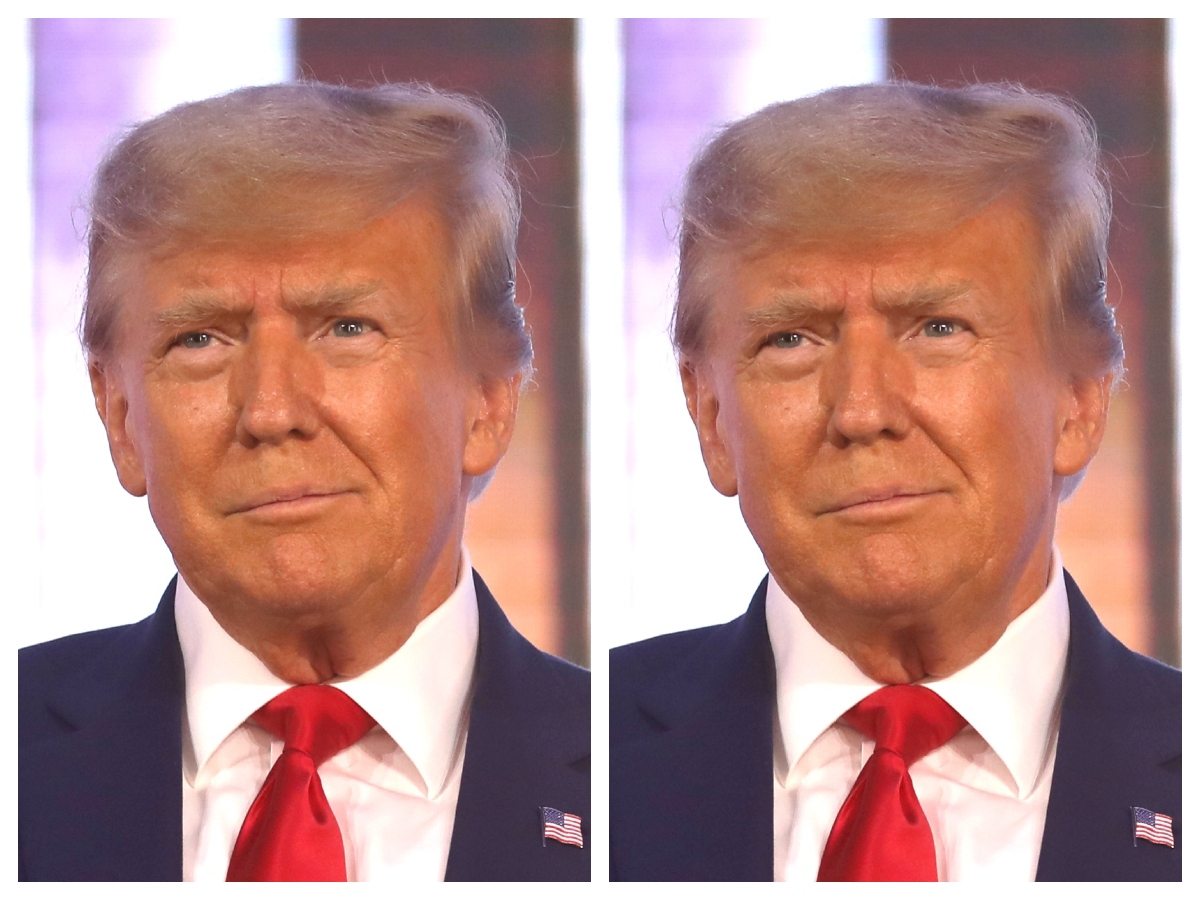Trump administration has abruptly dismissed 17 immigration judges across 10 states in recent days, rattling the nation’s immigration courts and fueling concerns that it is purging judicial ranks as part of its aggressive deportation agenda.
The firings, which took place Friday and Monday, were announced by the International Federation of Professional and Technical Engineers, the union representing the judges. The organization said 15 judges were removed “without cause” on Friday, followed by two more on Monday. The affected judges were based in states including New York, California, Texas, Maryland, Illinois, and Ohio.
Union president Matt Biggs condemned the firings as irrational and harmful to both immigrants and the court system.
READ ALSO: Trump plans 10%+ tariffs on African, Caribbean imports; pharma and tech next
“It’s outrageous and against the public interest that at the same time Congress has authorized 800 immigration judges, we are firing large numbers of immigration judges without cause,” said Biggs. “This is nonsensical. The answer is to stop firing and start hiring.”
Watch a recent episode of The BreakDown podcast below and subscribe to our channel PanaGenius TV for latest episodes.
Despite the growing backlog of more than 3.5 million immigration cases, many of which are years from resolution, the Department of Justice has remained silent on the dismissals. A spokesperson for the Executive Office for Immigration Review (EOIR), which oversees the courts, declined to comment, according to AP’s report.
The upheaval comes as immigration judges find themselves at the frontlines of an increasingly punitive enforcement strategy. Under a new surge of mass deportations that began in May, U.S. Immigration and Customs Enforcement (ICE) agents have begun arresting immigrants immediately after judges dismiss their deportation proceedings. In some instances, ICE officers wait outside courtrooms to detain individuals and fast-track them for removal.
Meanwhile, judges must navigate the overloaded system with limited resources. Immigration court does not guarantee legal counsel; immigrants often represent themselves, frequently with the aid of interpreters. Final hearings can be scheduled more than a year out.
The situation has taken a political turn as well. U.S. Senator Dick Durbin of Illinois accused the Trump administration of punishing one judge for speaking with him during a recent visit to the Chicago Immigration Court.
“Her abrupt termination is an abuse of power by the Administration to punish a non-political judge simply for doing her job,” Durbin said in a press release. He added that the judge, who had explained the court’s functions during his visit, was later reprimanded via email by the Justice Department for communicating directly with a member of Congress.
The recent terminations raise broader concerns about judicial independence and due process in immigration courts, which are housed under the Department of Justice and not an independent judiciary.
Although Congress recently passed legislation allocating $170 billion to boost immigration enforcement, including $3.3 billion earmarked to hire more judges and support staff, the firings could hamper those efforts. According to the union, over 100 judges have already left or been fired since Trump took office, often after receiving “Fork in the Road” offers early in his term. The union warns that each new judge takes up to a year to recruit and train, meaning these dismissals may deepen delays rather than fix them.
At present, the nation has about 600 immigration judges. If the administration continues cutting at this pace, the system’s backlog, and the fate of millions of immigrants, could spiral even further out of control.










